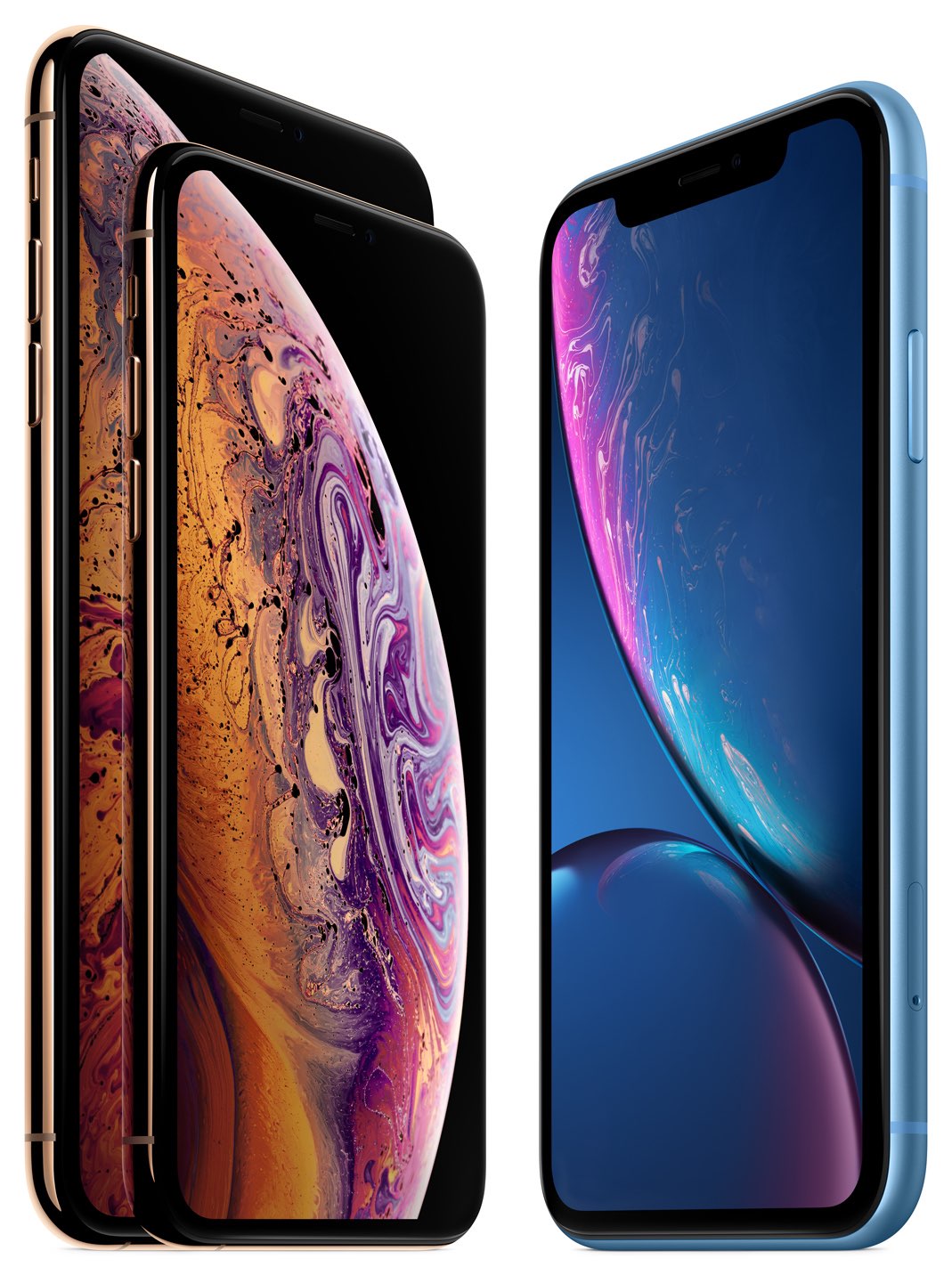
Reliable Apple analyst Ming-Chi Kuo of TF International Securities now thinks that all three iPhone models releasing in 2020 will feature 5G cellular capability, a change from his earlier prediction calling for two of the three new iPhones slated to ship in the next year to incorporate 5G cellular modems dual-sourced from Samsung and Qualcom.
According to Kuo’s note issued to clients this morning, seen by MacRumors, Apple will offer 5G in all 2020 models to better compete with lower-cost Android smartphones that will support 5G capability, adding that the Apple-Intel deal may have accelerated in-house efforts.
We now believe that all three new iPhone models releasing in 2020 will support 5G cellular connectivity for the following reasons.
(1) Apple has more resource for developing the 5G iPhone after the acquisition of Intel baseband business. (2) We expect that the prices of 5G Android smartphones will decline to USD$249-349 in the second half of 2020. We believe that 5G Android smartphones, which will be sold at USD$249-$349, will only support Sub-6GHz. But the key is that consumers will think that 5G is the necessary function in the second half of 2020. Therefore, iPhone models which will be sold at higher prices have to support 5G for winning more subsidies from mobile operators and consumers’ purchase intention.
(3) Boosting 5G developments could benefit Apple’s augmented reality ecosystem.
2020 iPhones should support both 5G versions, the super-fast mmWave best suited to denser urban areas, along with the Sub-6GHz spectrum in order to meet the requirements of the US market. Kuo is unsure about a lower-priced version limited to the Sub-6GHz spectrum:
Apple may have the intention to launch the 5G iPhone, which only supports Sub-6GHz, to gain market share by lowering the cost/price for markets which only support Sub-6GHz (e.g. Chinese market). However, 5G iPhone, which only supports Sub-6GHz and the version which supports mmWave and Sub-6GHz are regarded as different projects even though they share the same form factor design.
Apple last week announced that it’s buying Intel’s 5G smartphone modem patents and other assets in a deal valued at $1 billion. Reuters followed up with a report of its own speculating that first Apple devices with an in-house cellular modem could ship as soon as 2021.
Intel announced its exit from the 5G smartphone modem business back in April, shortly after Apple and Qualcomm settled all litigation with the former entering into a six-year licensing deal with the latter. According to Kuo, the Cupertino tech giant could ditch Qualcomm’s wireless modems in iPhones for its own baseband silicon in 2022 or 2023.
This year’s iPhones won’t have 5G, but Kuo said we should expect refreshed antenna design with the company expected to adopt a combined MPI/LCP antenna in its push toward 5G. Considering that 5G deployment in the United States is in early stages, the reliable analyst believes that the LCP and MPU antennae will co-exist during the transitional period.
Thoughts?